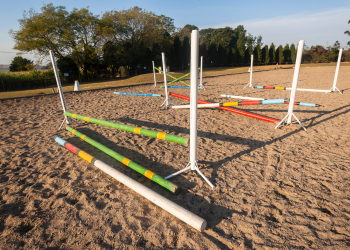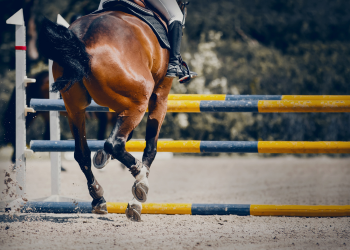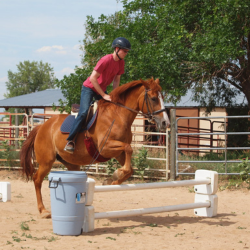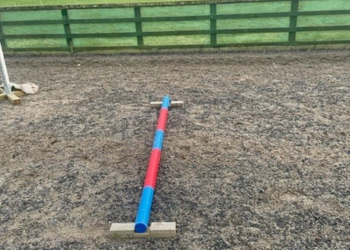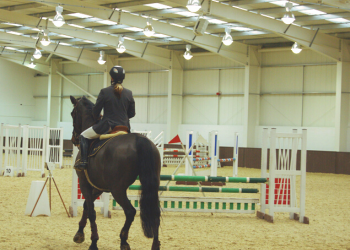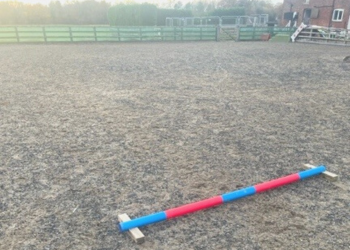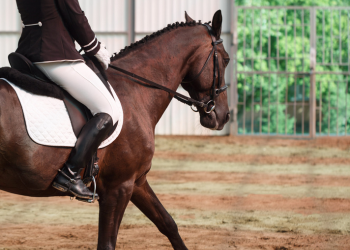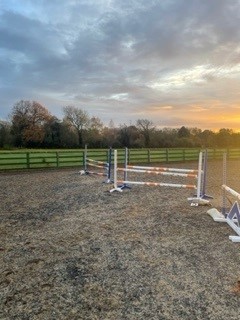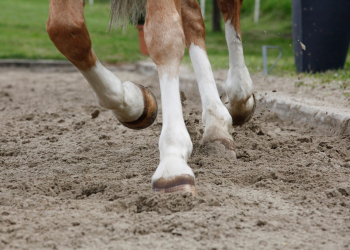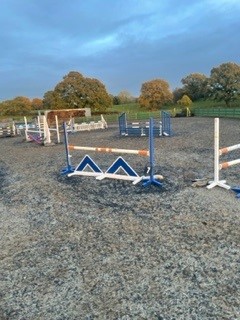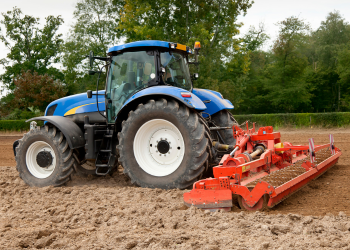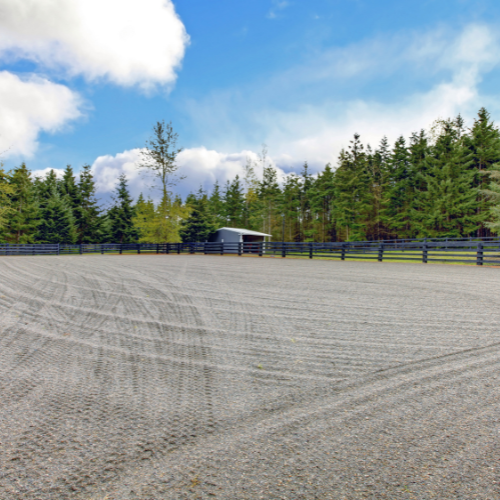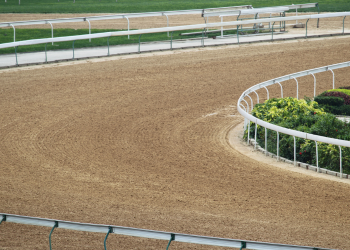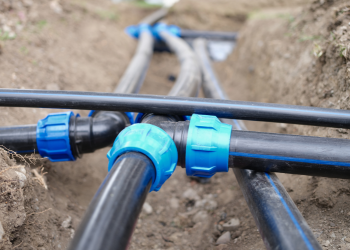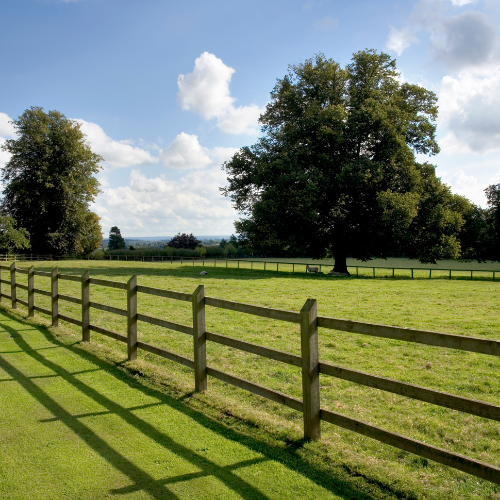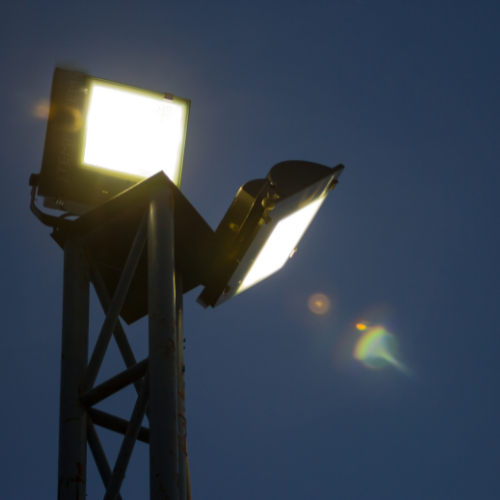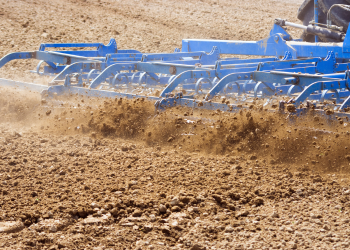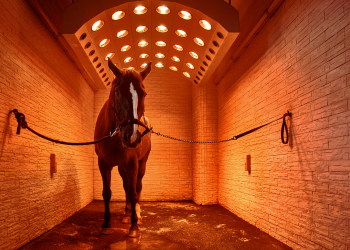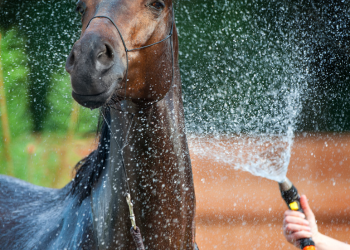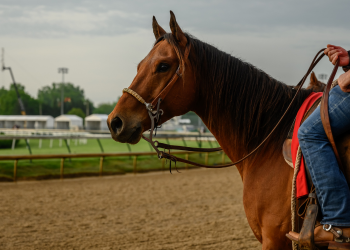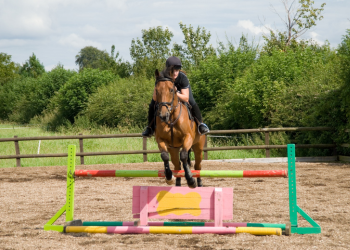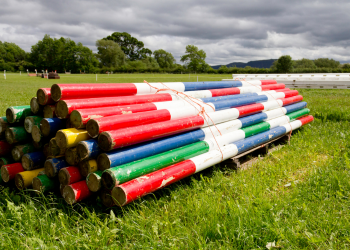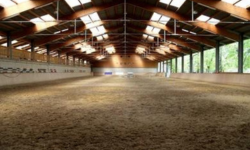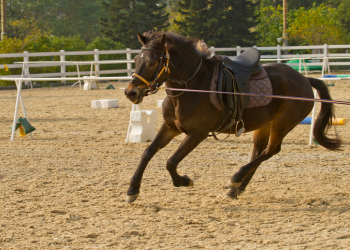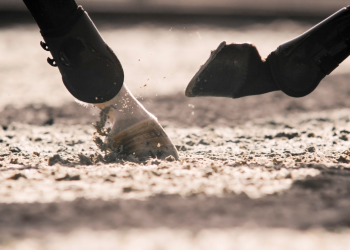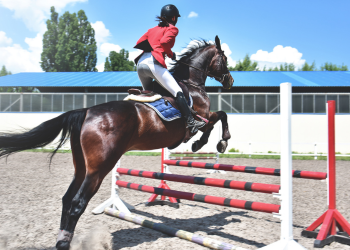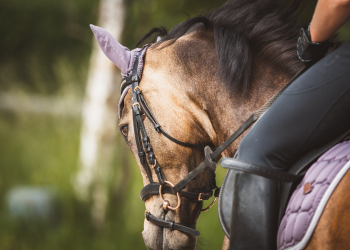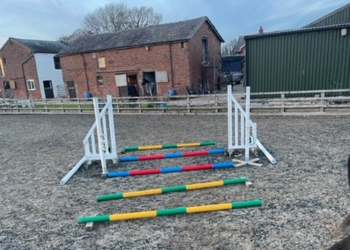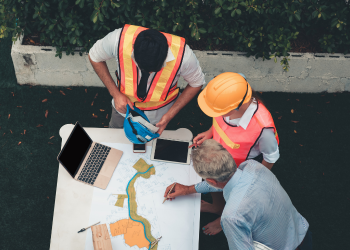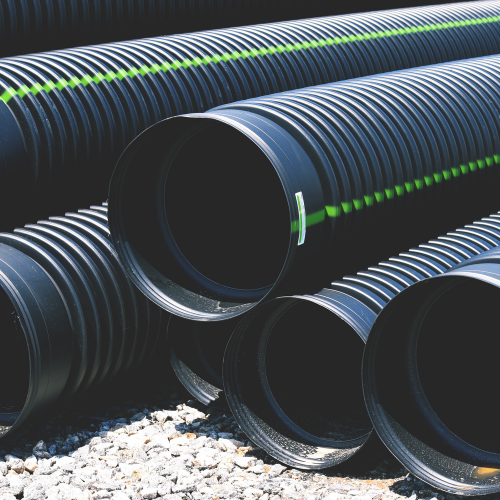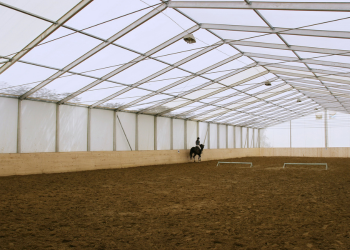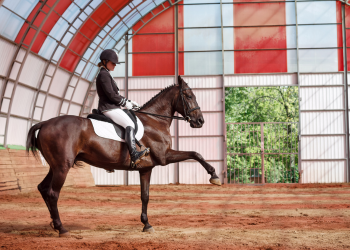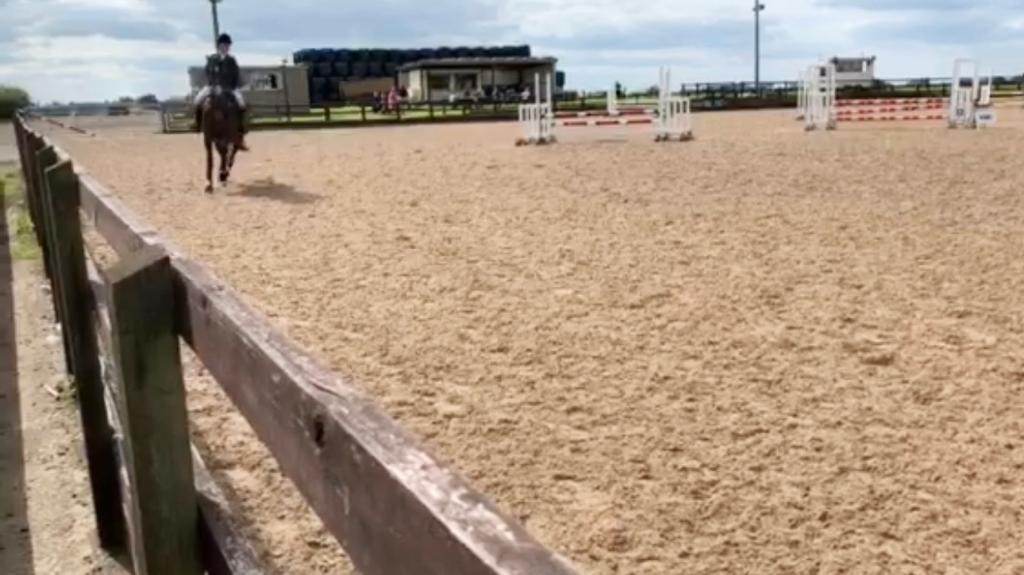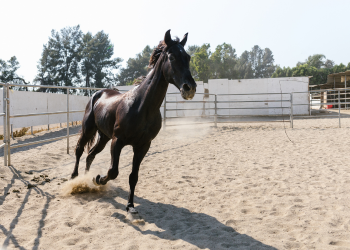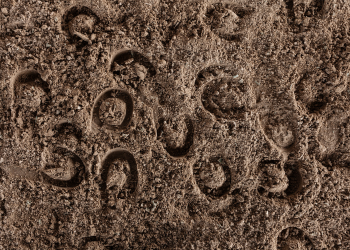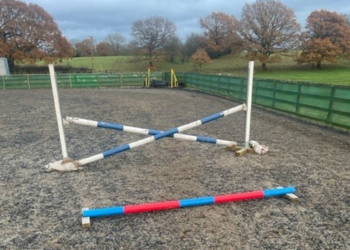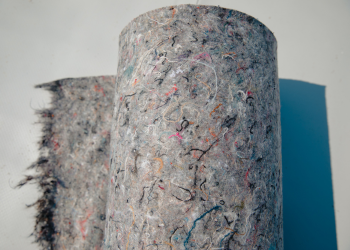Creating a horse arena at home offers convenience for horse owners. It eliminates the need for traveling to an external facility, allowing for more frequent and convenient riding sessions.
With a home riding arena, horse owners have the flexibility to ride whenever they want, without the constraints of opening hours or bookings. This convenience is especially beneficial for riders with busy schedules or limited access to equestrian centres.
If you would like to get a quote for having a horse arena built at home, please contact our Horse Menage Construction team and they will be happy to help you discuss your outdoor menage project or indoor arena.
Key Takeaways:
- Building a horse arena at home offers convenience for horse owners, allowing them to ride and bond with their horse anytime.
- Home riders can save on costs by having their own riding arena, instead of paying for regular use at a public facility.
- A home riding arena promotes increased bonding with your horse, as well as a healthy environment for their physical well-being.
What are the Benefits of having a Horse Arena at Home?
Having a horse arena at home can offer numerous benefits for horse owners and riders. Here are some advantages of having a private horse arena:
- Convenience: One of the primary benefits is the convenience of having a riding space right at your doorstep. You can ride your horse whenever you want, without having to travel to a public arena.
- Consistent Training: Regular and consistent training is crucial for both the rider and the horse. With a home arena, you can establish a consistent training routine, allowing you to work on specific skills and techniques regularly.
- Privacy: A private arena offers privacy, which can be especially beneficial for riders who are training for competitions or working with sensitive or young horses. It provides a controlled environment without distractions, allowing for focused training sessions.
- Customisation: You can design the arena layout and footing according to your specific training needs. This customisation enables you to create an ideal surface for your horse, which is essential for their joint and muscle health.
- Weather Independence: Having an indoor arena allows you to train regardless of the weather conditions. This means you can continue your training sessions even during rainy days or extreme heat, ensuring consistent progress for both you and your horse.
- Safety: Safety is paramount when working with horses. A home arena provides a familiar and controlled environment, reducing the risk of accidents or injuries that might occur in unfamiliar or crowded public arenas.
- Bonding: Spending more time with your horse in a familiar and comfortable environment can strengthen the bond between you and your horse. It allows for positive interactions, leading to a deeper understanding and connection between the rider and the horse.
- Cost-Efficiency: While there are initial costs involved in building a home arena, in the long run, it can be cost-effective, especially if you regularly take lessons or pay fees to use public arenas. It also saves time and money spent on commuting.
- Improved Riding Skills: With regular and convenient access to a riding arena, you have more opportunities to practice and improve your riding skills. Consistent practice is key to becoming a proficient and confident rider.
- Space for Events: If you enjoy hosting horse-related events, having a home arena provides you with a suitable space for clinics, workshops, or small competitions. It can also be a great way to connect with other horse enthusiasts in your community.
Space and Location
When planning a horse arena at home, there are two crucial factors to consider: space and location. It is important to have enough space to accommodate the size of the arena, which includes room for riding and any additional features such as jumps or obstacles.
The location should also be convenient for both you and your horses, with easy access to trails or roads for transportation.
By taking these factors into account, you can create a functional and easily accessible horse arena at home.
Type of Footing
When constructing a horse arena on your property, it is crucial to take into account the type of soil in order to ensure the safety and performance of both horse and rider. The type of footing chosen can greatly affect the comfort and soundness of the horse. Some commonly used types of horse arena footing include:
Drainage and Maintenance
To ensure proper drainage and maintenance for a horse arena at home, follow these steps:
- Grading: Ensure the area is properly graded to allow for water runoff.
- French Drains: Install French drains around the perimeter to divert excess water.
- Base Layer: Create a base layer of crushed stone or gravel, with a minimum depth of three feet.
- Absorbent Footing: Use an absorbent footing material, such as sand or a sand/rubber mix.
- Regular Grooming: Regularly groom the arena to maintain a level and even surface.
- Inspect and Repair: Regularly inspect the arena for any signs of erosion or damage, and repair as needed.

Clear and Level the Area
Clearing and levelling the area for a home riding arena requires careful planning and execution. Here are the steps to follow:
- Survey the area: Determine the size and boundaries of the sectioned off piece of ground for the arena.
- Remove obstacles: Clear the area of any rocks, stumps, or debris that could pose a hazard to both horse and rider.
- Level the ground: Use a tractor or grading equipment to even out the surface of the arena, ensuring proper drainage.
- Compact the soil: Use a roller or compacting machine to compress the soil, providing a stable base for the arena.
- Install footing material: Add a layer of footing material, such as sand, rubber, or a mixture, to ensure optimal traction and cushioning.
- Regular maintenance: Regularly groom and maintain the arena, including watering, harrowing, and levelling the footing material.
Install Fencing
Installing proper fencing for your horse arena at home is crucial to ensure the safety and containment of your horse. Follow these steps to get started:
- Measure the perimeter of your horse arena and determine the necessary amount of fencing.
- Select the appropriate fencing material for your horse, such as wooden boards or pipe fencing.
- Prepare the ground by clearing any obstacles or vegetation along the fence line.
- Securely install fence posts at regular intervals.
- Attach the fencing material to the posts, ensuring it is taut and properly secured.
- Add gates at suitable locations for easy access and movement of horses.
- Regularly inspect the fencing for any damage or loose areas and make necessary repairs.
Remember, proper fencing is essential to prevent accidents and ensure your horse remains contained. Regular maintenance and inspections will help keep your horse arena secure and prevent any incidents of your horse getting loose.
Add Footing
Adding footing to your horse arena is crucial for creating a safe and workable riding surface. To achieve this, follow these steps:
- Prepare the area: Begin by clearing any debris or vegetation from the arena and ensuring that the surface is level.
- Select the footing type: Choose the appropriate footing material based on your specific needs, such as sand, rubber, or fibre-based footing.
- Determine the quantity: Calculate the amount of footing material needed based on the size of your arena and the desired depth of the footing.
- Spread the material: Use a tractor or spreader to evenly distribute the footing material across the surface of the arena.
- Level the surface: Use a drag or harrow to level the footing material and remove any clumps or uneven areas.
- Water the footing: Depending on the type of footing, lightly water the surface to help settle and bind the material.
- Maintain and groom: Regularly maintain the footing by dragging or harrowing to keep it in optimal condition.
Maintain and Refresh Footing Regularly
Maintaining and refreshing the footing in a horse arena at home is crucial for the safety and performance of both horses and riders. Here are some steps to follow:
- Regular inspection: Check the condition of the footing for any inconsistencies or hazards.
- Levelling: Use a drag or harrow to even out uneven areas and remove any debris.
- Moisture control: Maintain the right moisture content by watering or adding additives if needed.
- Rotating: Regularly rotate or flip the footing material to prevent compaction and maintain its consistency.
- Replacement: Replace footing material as needed to ensure proper cushioning and stability.
By following these steps, those who ride at home can ensure a safe and comfortable riding surface in their horse arena.


